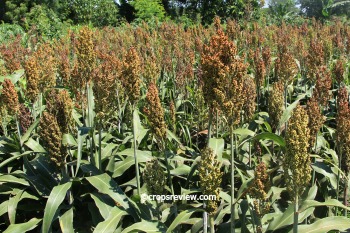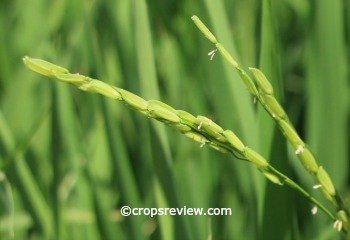Cash crop farming is for profit.
Also called commercial farming and cash cropping, it is a farming venture in which cash crops are grown.
Cash crops are those which are produced for the purpose of generating cash or money.
The products are therefore intended to be marketed for a profit.
Individual farmers just naturally grow cash crops as a livelihood and to generate cash for the family’s needs.
An extra profit is needed to fund the next cropping activities.
The farming methods employed differ from farmer to farmer and from country to country.
In developing countries, many traditional farmers continue to adopt their customary practices.
But in highly industrialized countries, intensive cultivation and mechanized farming are common.
This is so with large plantations operated by multinational companies and by individuals having sufficient capital.
Read more



